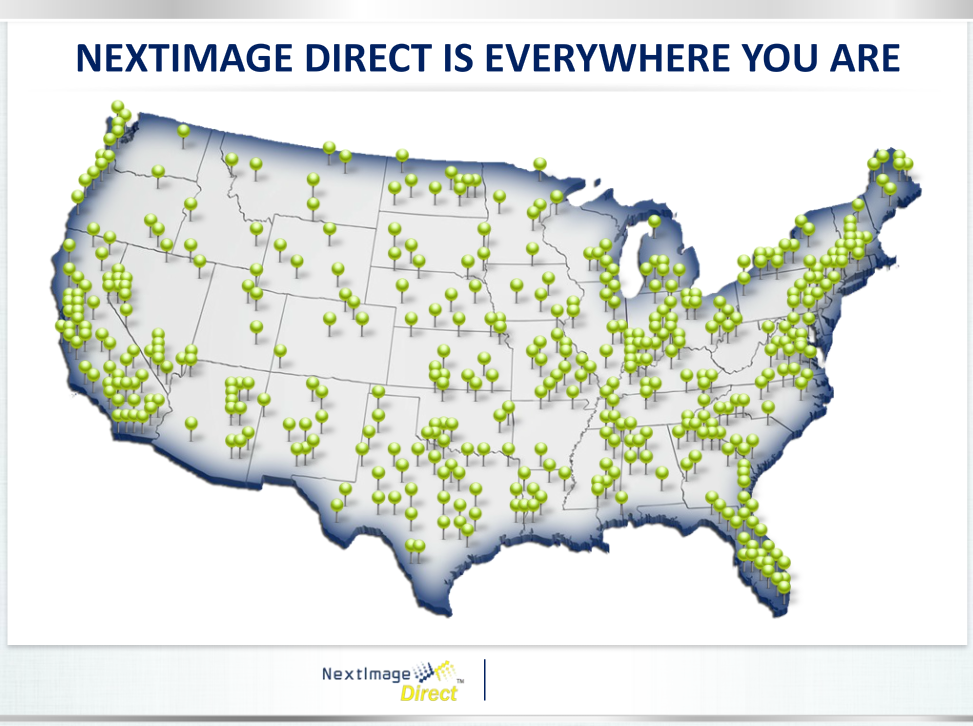It’s a bit of a mouthful. It also sounds like a complex scientific theory. But the Assertion-Evidence Framework isn’t as complicated as it sounds. You actually use it a lot when communicating in the workplace. It’s also an effective way to gauge if your PowerPoint presentation design is conveying the key messages you want your audience to receive.
What is the Assertion-Evidence Framework?
You might not realize it, but you use the assertion-evidence framework in plenty of everyday situations.
For example, you’re in a meeting and you say something like, “the marketing campaign we launched for the new product is effective.” You make an assertion. When you follow that with, “the proof are in these documents that detail our positive ROI” – you are backing up your statement with evidence.
Simply put, you’re using the assertion-evidence framework every time you make a statement supplemented by words or statements like “because”, “it can be proven by”, and “the reason is”.
How does the framework apply to PowerPoint presentation design?
This is how the assertion-evidence framework should guide your PowerPoint presentation design:
Effective presentation design moves the audience into action. This action is a result of a series of small decisions they make throughout your presentation. These small decisions are made from assertions throughout your speech, which you should visualize in your PowerPoint slides. And as we’ve learned, all assertions in the assertion-evidence framework must be back up by data.
Consider this PowerPoint slide from our portfolio:
Assertion: “NextImage Direct is Everywhere You Are”
Evidence: A map of the U.S. with pins in every state
Like in this sample slide, assertions are usually made in the title of the slide. Evidence is laid out in the body through data, illustrations, or diagrams. While this is a rule you can bend, keep in mind to keep one assertion per slide. This way, all evidence in the slide answers to only one statement. It will also limit the amount of text, making room for visuals.
Another thing to remember is that all assertions you make should be stated in clear sentences. Ask yourself if the assertion makes sense by itself. This will allow you to trim unnecessary data from your evidence, including only what answers your assertions.
Featured Image: Paul Hudson via Flickr








